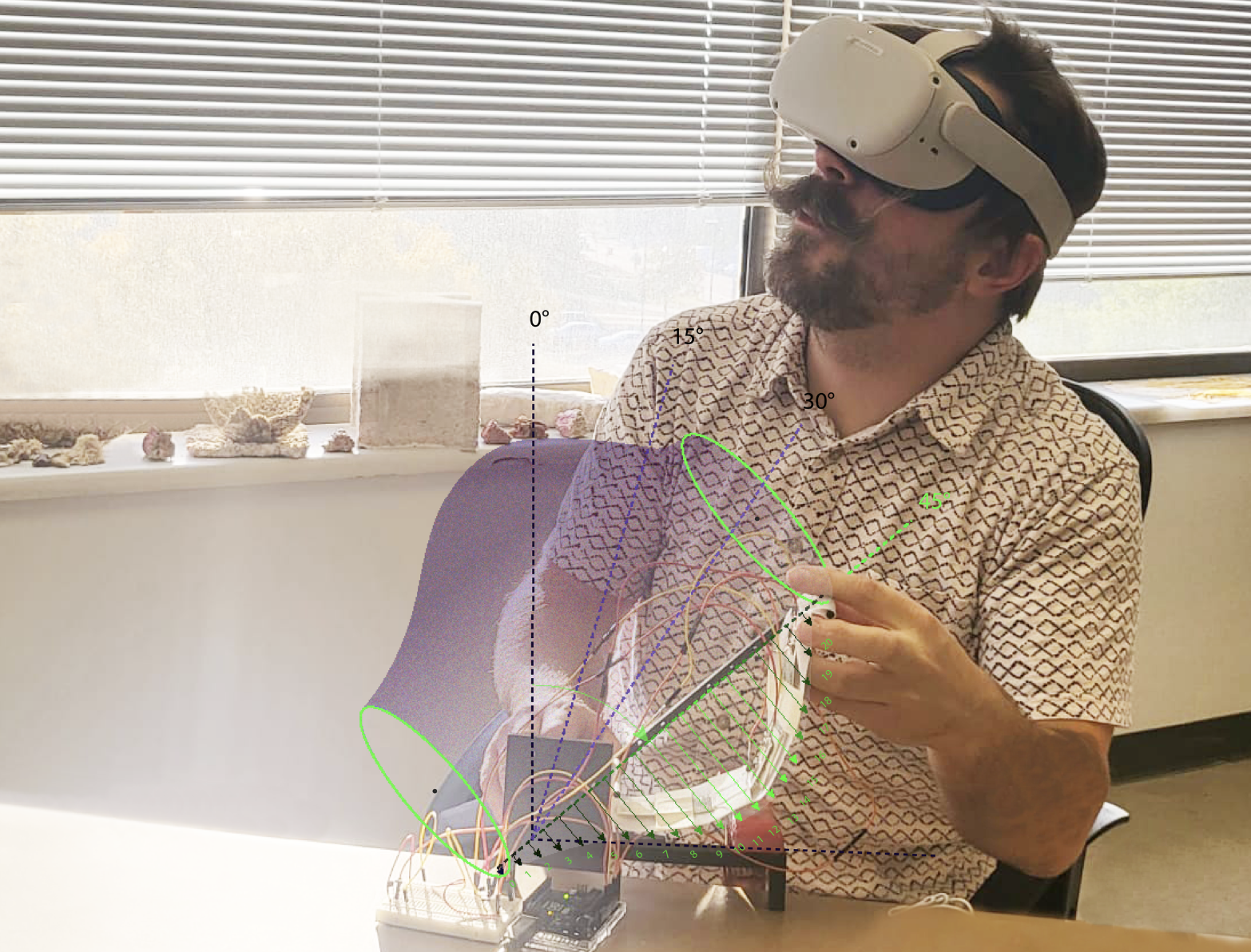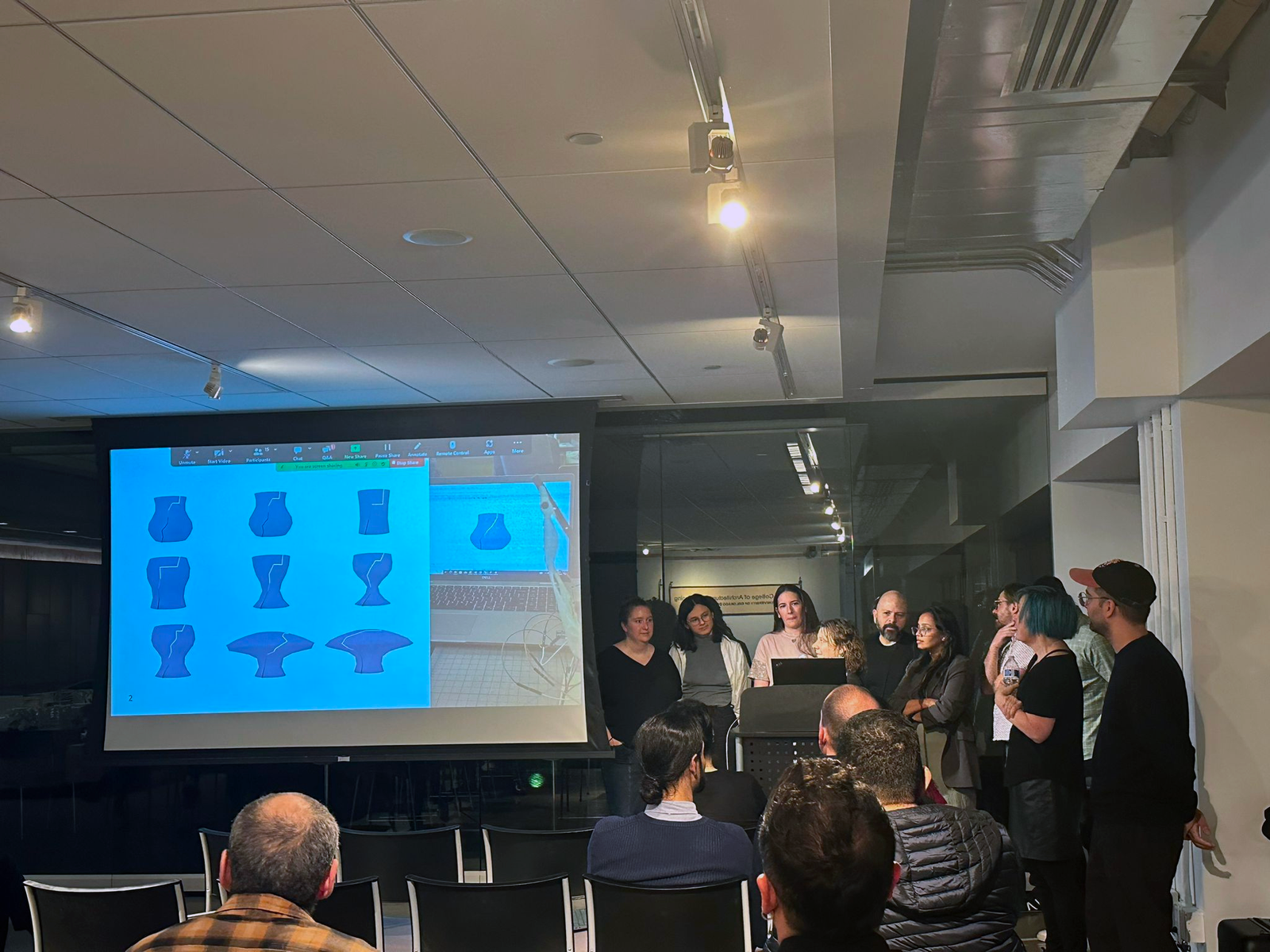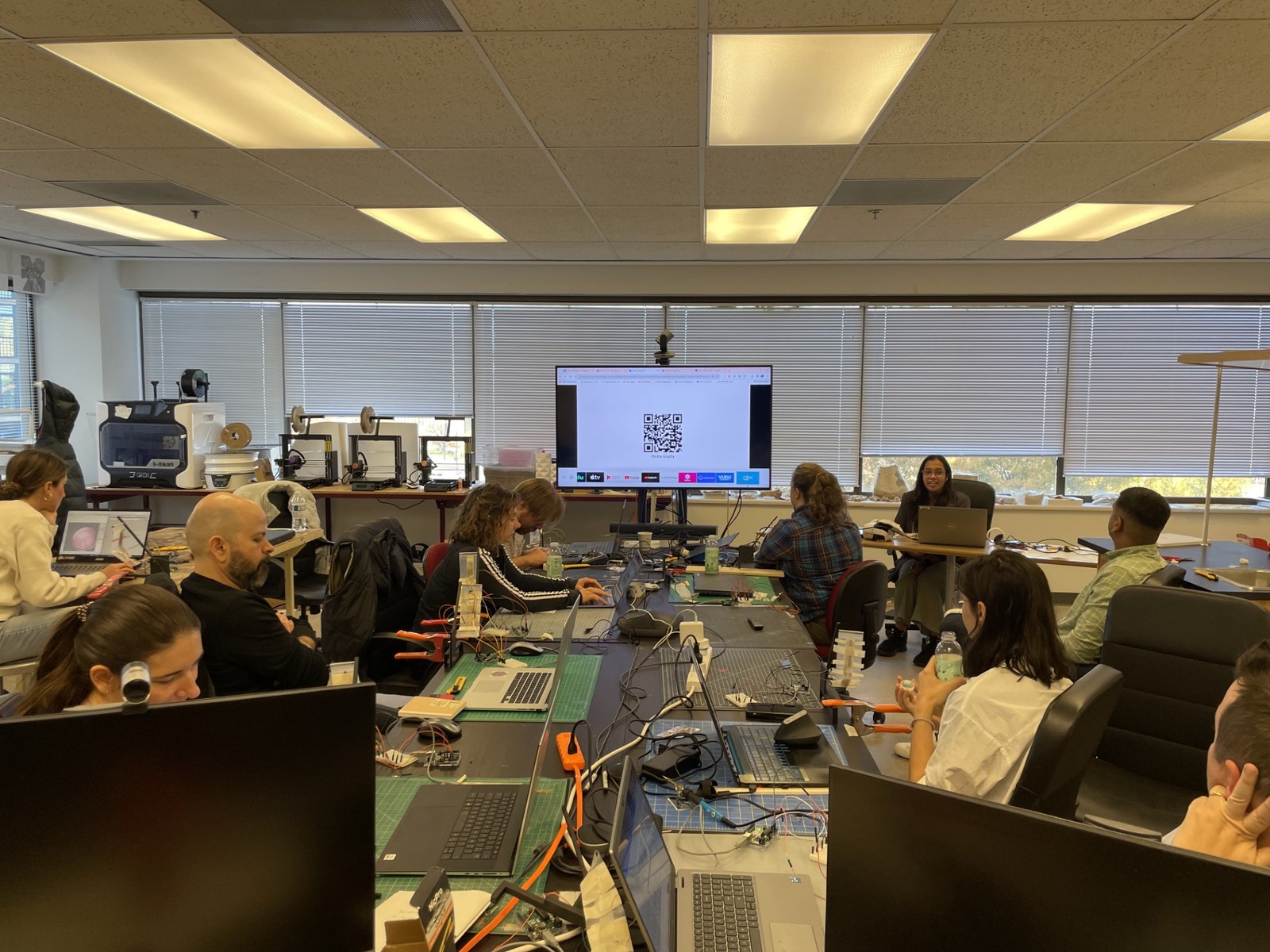
Table : PSET 6 – Structural Fairness and Differential Privacy in ML
Additional work
| Section | Details |
|---|---|
| Objective | Implement fairness trade-offs and privacy-preserving mechanisms in ML systems. |
| Methodology |
- Applied differential privacy to mitigate
reconstruction risks in census data. - Evaluated fairness constraints to improve outcomes for sensitive demographic groups. |
| Findings |
- Differential privacy reduced reconstruction risks
but introduced minor trade-offs in data utility. - Fairness constraints mitigated group disparities but required balancing accuracy and fairness. |
| Impact | Demonstrated practical solutions for achieving fairness and privacy in machine learning systems. |







